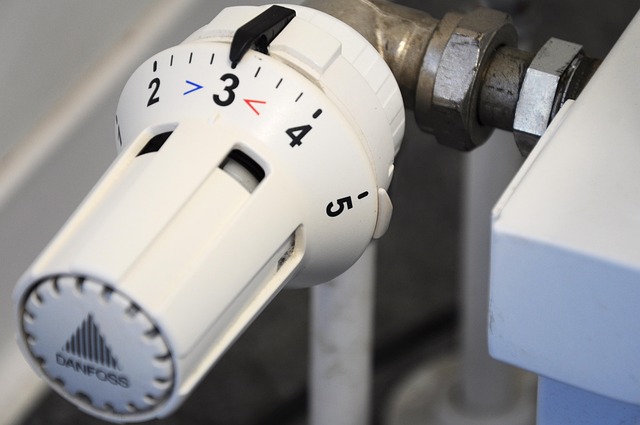
Heat Transfer: Radiation, Absorption, Conduction, and Evaporation
Heat transfer is a fundamental concept in physics that describes how thermal energy moves from one object or medium to another. This process can occur through various mechanisms, primarily conduction, convection, and radiation. Each mechanism has distinct characteristics and applications. This article will focus on the first two mechanisms, radiation and conduction, along with evaporation as a method of heat loss.
1. Conduction
Conduction is the process by which heat is transferred through direct contact between materials. When two objects at different temperatures come into contact, heat flows from the hotter object to the cooler one until thermal equilibrium is reached. The efficiency of conduction depends on the materials involved; metals, for example, are excellent conductors of heat due to their free electrons, while materials like wood or rubber are poor conductors, often referred to as insulators.
The rate of heat transfer by conduction can be described using Fourier's law, which states that the heat transfer rate is proportional to the temperature difference and the area through which heat is being transferred. This principle is crucial in various applications, including cooking, heating systems, and thermal insulation.
2. Radiation
Unlike conduction, radiation does not require a medium for heat transfer. Instead, it involves the emission of electromagnetic waves, primarily in the infrared spectrum. All objects emit radiation based on their temperature; hotter objects emit more radiation than cooler ones. This principle explains why the sun can warm the Earth despite the vacuum of space between them.
The effectiveness of radiation transfer is influenced by an object's surface properties, such as color and texture. Dark, matte surfaces tend to absorb and emit radiation more effectively than light, shiny surfaces. This characteristic is particularly important in applications like thermal imaging and energy-efficient building design.
3. Evaporation
Evaporation is a process where liquid turns into vapor, resulting in a cooling effect. This occurs when molecules at the surface of a liquid gain enough energy to overcome intermolecular forces and escape into the air. Evaporation is a significant mechanism for heat loss in living organisms, particularly through perspiration in humans. As sweat evaporates from the skin, it absorbs heat from the body, helping to regulate temperature.
The rate of evaporation is influenced by several factors, including temperature, humidity, and air movement. Higher temperatures and lower humidity levels increase the rate of evaporation, making it an effective cooling mechanism in hot environments.
4. Interplay Between Mechanisms
These mechanisms of heat transfer often work together in real-world scenarios. For instance, when cooking on a stove, heat is transferred from the burner to the pot through conduction. The pot then heats the food inside, and if the food is hot enough, it may emit radiation. Additionally, if the food contains moisture, evaporation will occur, further affecting the overall heat dynamics.
Understanding the interplay between conduction, radiation, and evaporation is essential in various fields, including engineering, meteorology, and environmental science. It allows for better design of thermal systems, improved energy efficiency, and enhanced comfort in living spaces.
Conclusion
In summary, conduction, radiation, and evaporation are critical mechanisms of heat transfer that play significant roles in our daily lives. By grasping these concepts, individuals can make informed decisions regarding energy use, climate control, and even cooking techniques. A solid understanding of these principles not only enhances scientific literacy but also promotes practical applications in everyday scenarios.

















 The Les Mills Instructor Portal
The Les Mills Instructor Portal 
 Health
Health  Fitness
Fitness  Lifestyle
Lifestyle  Tech
Tech  Travel
Travel  Food
Food  Education
Education  Parenting
Parenting  Career & Work
Career & Work  Hobbies
Hobbies  Wellness
Wellness  Beauty
Beauty  Cars
Cars  Art
Art  Science
Science  Culture
Culture  Books
Books  Music
Music  Movies
Movies  Gaming
Gaming  Sports
Sports  Nature
Nature  Home & Garden
Home & Garden  Business & Finance
Business & Finance  Relationships
Relationships  Pets
Pets  Shopping
Shopping  Mindset & Inspiration
Mindset & Inspiration  Environment
Environment  Gadgets
Gadgets  Politics
Politics 